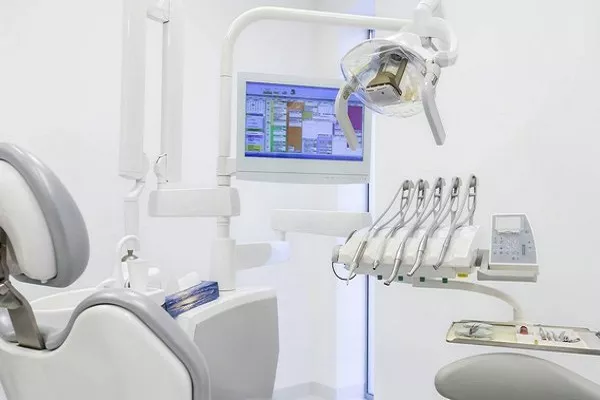Tooth nerve filling is a dental procedure that involves removing damaged or infected nerves from inside a tooth and replacing them with a filling material. The anatomy of a tooth includes the enamel, dentin, pulp, and nerves. The pulp and nerves are located in the center of the tooth and can become infected or damaged due to decay or injury.
Section 1: Understanding Tooth Nerve Filling
1.What is tooth nerve filling?
- Tooth nerve filling, also known as a root canal, is a dental procedure that involves removing the infected or damaged pulp and nerves from inside a tooth and
- filling the space with a filling material. The procedure is typically performed when the tooth is severely decayed or damaged, and the nerves have become infected or inflamed.
2.When is it needed?
- Tooth nerve filling is needed when the nerves and pulp inside a tooth become infected or inflamed due to decay or injury.
- Symptoms that may indicate the need for a root canal include severe tooth pain, sensitivity to hot or cold, swelling, and a bad taste in the mouth.
3.Why is it important?
- Tooth nerve filling is important because it helps to alleviate pain, prevent further infection, and save the tooth from extraction.
- Leaving an infected tooth untreated can lead to serious complications, such as abscesses, bone loss, and even systemic infections.
Section 2: The Procedure
1.How is tooth nerve filling done?
- The tooth nerve filling procedure typically involves the following steps:
- Numbing the tooth and surrounding area with a local anesthetic.
- Creating a small hole in the top of the tooth to access the pulp and nerves.
- Removing the infected or damaged pulp and nerves using specialized dental instruments.
- Cleaning and disinfecting the inside of the tooth.
- Filling the space with a rubber-like material called gutta-percha.
- Sealing the hole with a temporary filling.
2.What materials are used?
The materials used in tooth nerve filling typically include a local anesthetic, specialized dental instruments, gutta-percha filling material, and a temporary filling.
3.How long does it take?
The tooth nerve filling procedure typically takes 1-2 hours, depending on the complexity of the case.
Section 3: Aftercare
1.What should you expect after the procedure?
- After the tooth nerve filling procedure, you may experience some discomfort and sensitivity for a few days.
- You should avoid chewing on the treated tooth until the permanent filling or crown is placed.
2.What are the Do’s and Don’ts after tooth nerve filling?
- Do continue to brush and floss your teeth regularly.
- Do avoid eating hard or sticky foods that may damage the temporary filling.
- Do follow your dentist’s instructions for taking pain medication and caring for your tooth.
- Don’t chew on the treated tooth until the permanent filling or crown is placed.
- Don’t smoke or use tobacco products, as they can delay healing.
3.How long does it take to recover fully?
It may take several days to a week for the discomfort and sensitivity to subside fully. The permanent filling or crown will be placed at a follow-up appointment, typically within 1-2 weeks.
Section 4: Risks and Complications
Possible risks and complications of tooth nerve filling include:
- Infection.
- Damage to surrounding teeth or tissues.
- Allergic reaction to the materials used.
- Failure of the filling to seal properly.
- How can you minimize the risks?
You can minimize the risks of tooth nerve filling by following your dentist’s instructions for before and after the procedure, keeping your teeth and gums healthy through regular brushing and flossing, and attending regular dental checkups.
In conclusion, tooth nerve filling, also known as a root canal, is a dental procedure that involves removing the infected or damaged pulp and nerves from inside a tooth and filling the space with a filling material. The procedure is typically performed when the tooth is severely decayed or damaged, and the nerves have become infected or inflamed. Tooth nerve filling is important because it helps to alleviate pain, prevent further infection, and save the tooth from extraction. After the procedure, proper aftercare and following the dentist’s instructions can help minimize the risks and ensure proper healing. If you are experiencing tooth pain, sensitivity, or swelling, it is important to see your dentist as soon as possible to determine if tooth nerve filling is needed.
Recommended Article: Causes & Remedies of Tooth Filling Pain
































